Paella, the iconic dish of Spain, is much more than just a meal—it’s a cultural experience. Originating from the Valencian region, this vibrant, flavorful dish has captivated palates worldwide. With its roots deeply entrenched in Spanish history, paella has evolved into various regional and modern interpretations, making it a versatile and beloved meal. This article will delve into the origins of paella, explore its different types, and provide a detailed, step-by-step guide to preparing an authentic paella at home. We’ll also discuss the nutritional value of this dish and offer tips for achieving perfection every time.
While paella has numerous variations, three main types stand out:
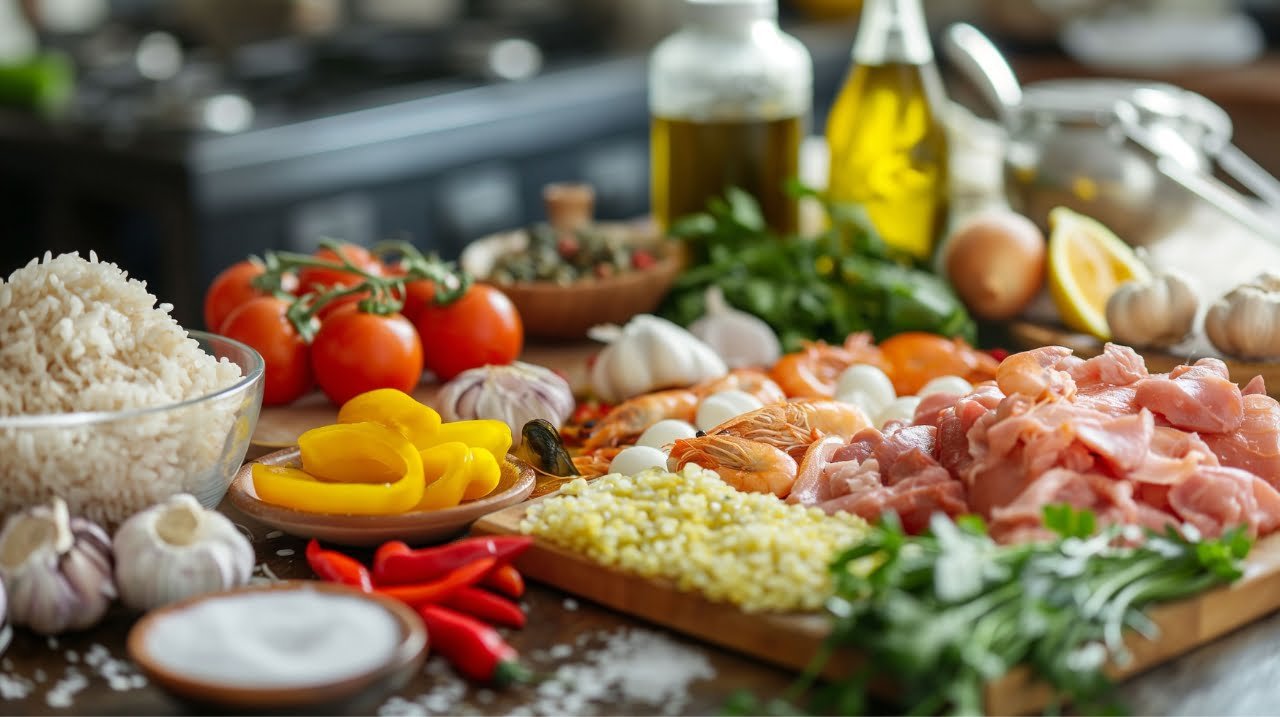
The ingredients used in paella vary depending on the type, but several core components are essential for any authentic paella:
The type of rice is critical for a successful paella. Short-grain varieties like Bomba or Calasparra are ideal because they absorb liquid well without becoming mushy. These types of rice also hold their shape, ensuring a firm texture that is crucial for authentic paella.
Paella is not only delicious but also offers a range of nutritional benefits. The dish’s nutritional content varies depending on the type and ingredients used, but here’s a general overview:
The dish is also a good source of fiber (from vegetables) and antioxidants (from saffron and tomatoes).
Making paella requires patience and attention to detail, but the result is well worth the effort. Here’s a step-by-step guide to creating an authentic paella:
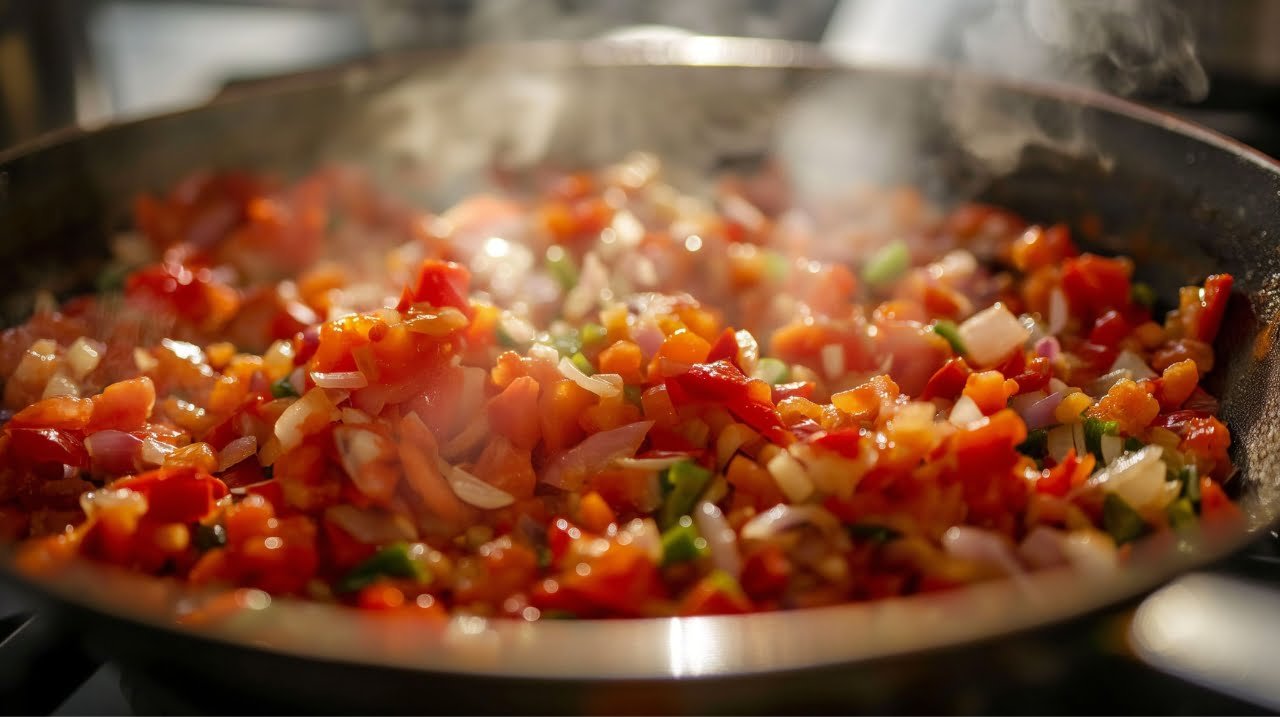
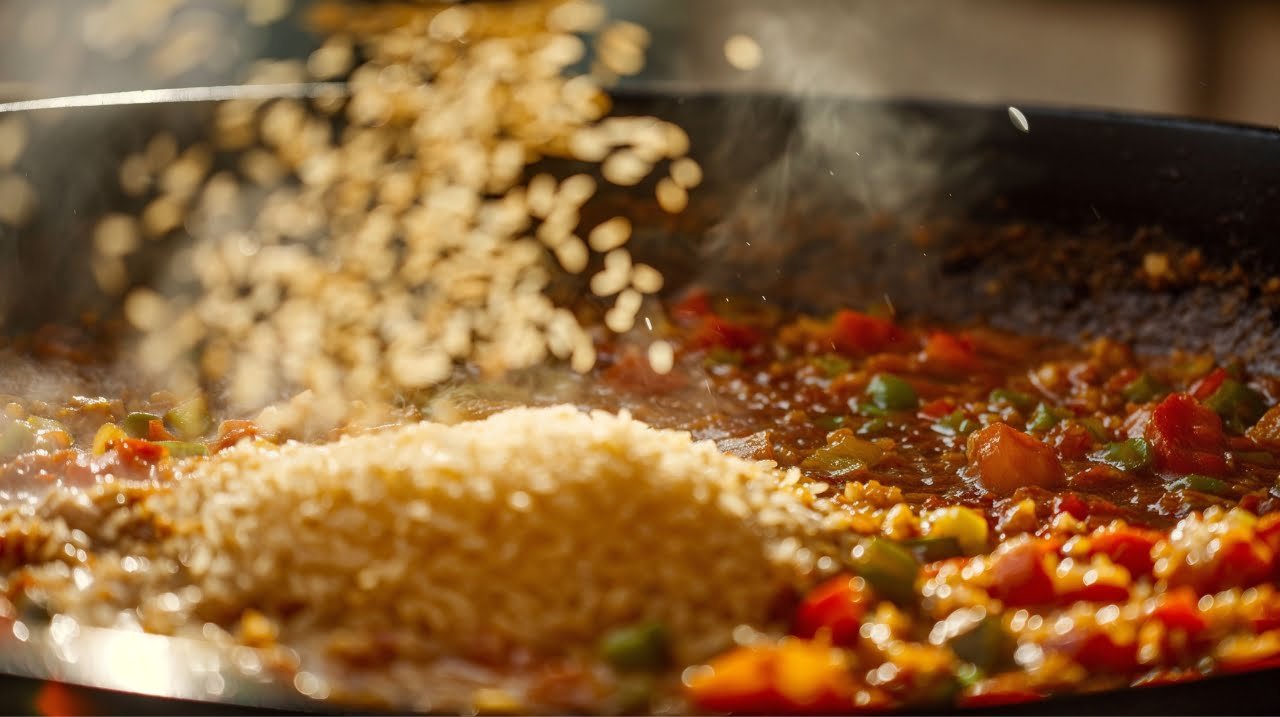
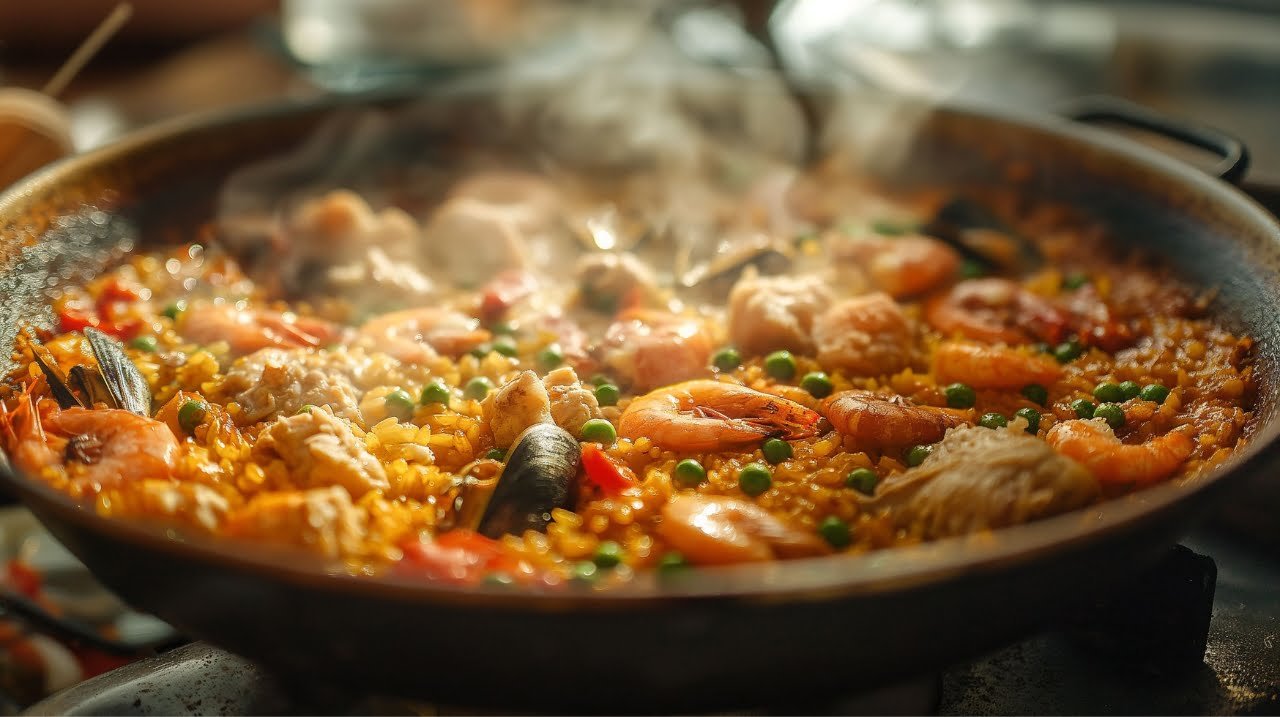
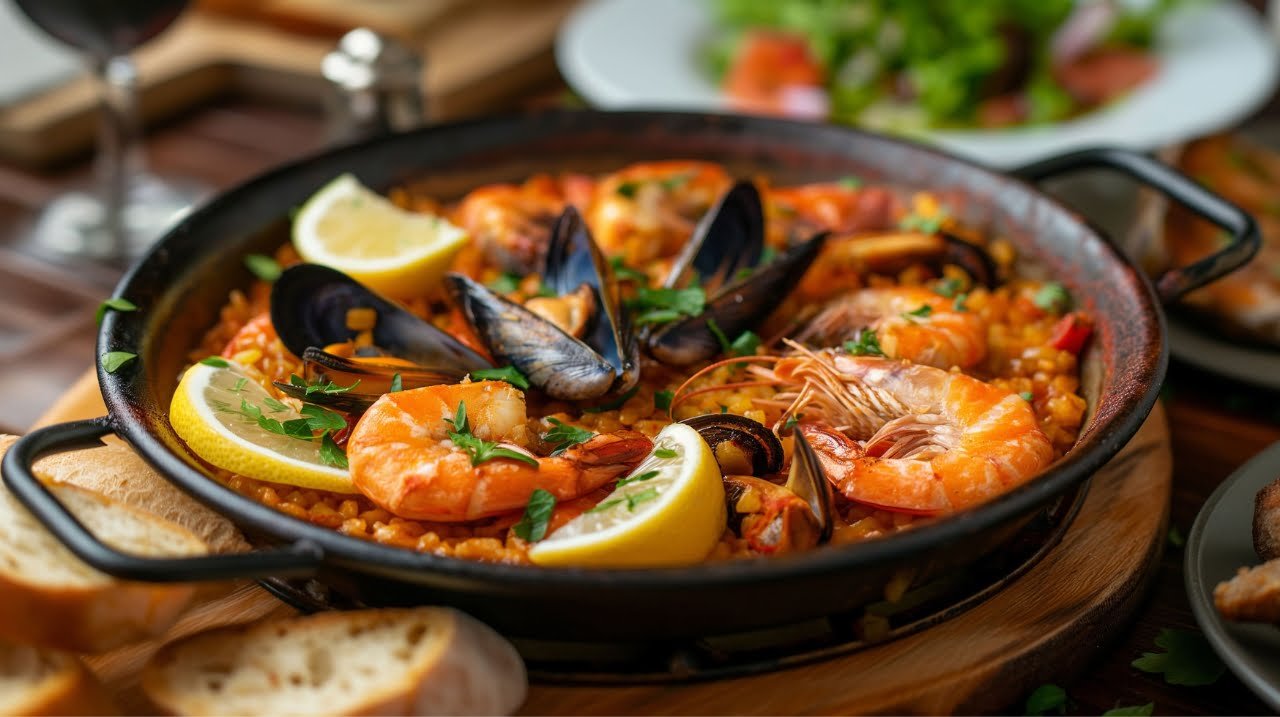
Traditionally, paella is served straight from the pan, allowing everyone to gather around and enjoy the dish together. It’s often paired with a simple green salad, crusty bread, and a glass of Spanish wine, such as a crisp white Albariño or a fruity red Rioja. Lemon wedges are typically served on the side to add a fresh, citrusy contrast to the rich flavors of the paella.
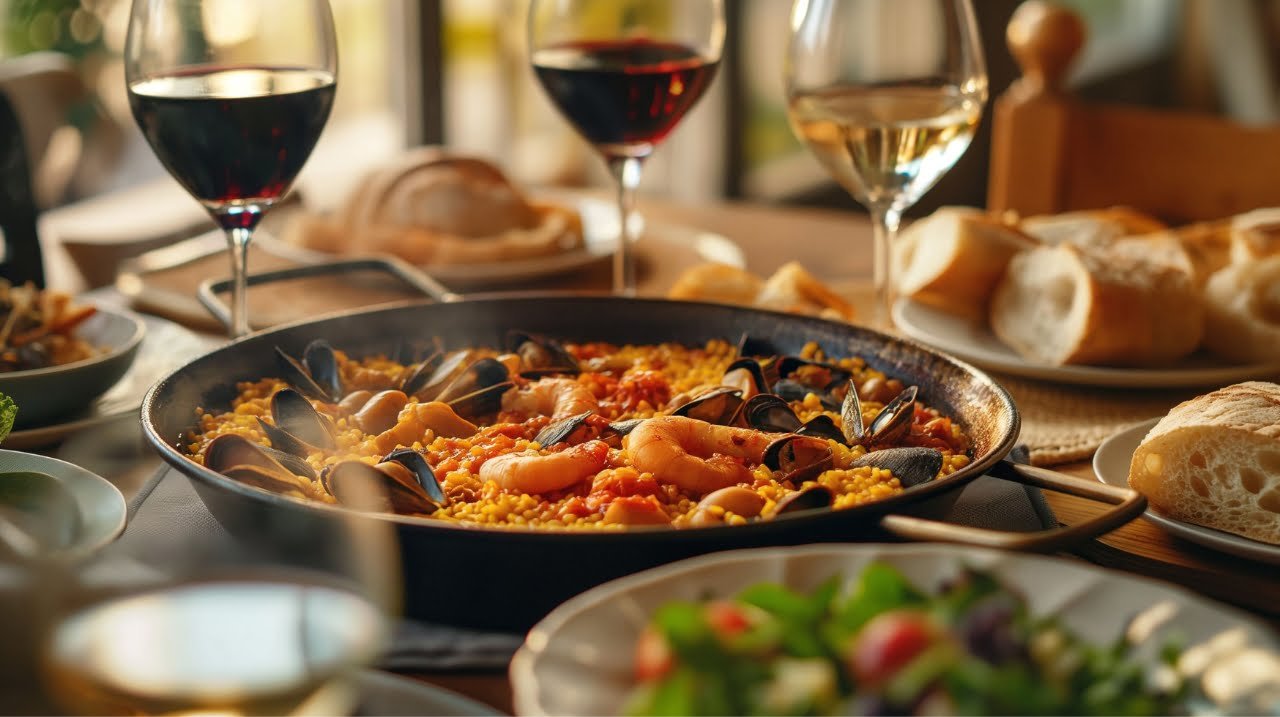
Paella is more than just a meal—it’s a celebration of Spain’s rich culinary heritage. Whether you opt for a traditional Valencian paella, a seafood-laden version, or a hearty mixed paella, this dish offers a unique blend of flavors that is sure to impress. By following the detailed recipe provided, you can bring a taste of Spain to your own kitchen, crafting a paella that’s as authentic as it is delicious.
Welcome to Delicious Food Hub, your ultimate culinary destination! Explore mouth-watering recipes, cooking tips, and foodie insights. Dive into a world of flavors with us!
© 2024 Delicious Food Hub. All rights reserved. Content may not be reproduced without permission.